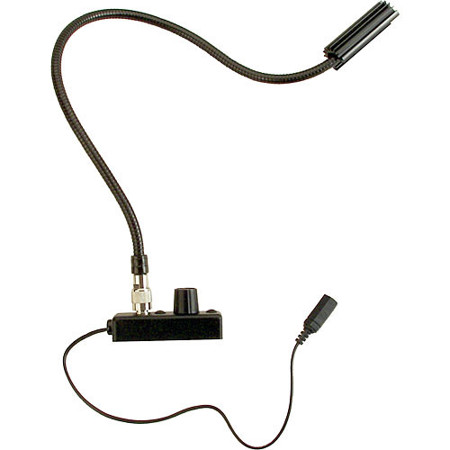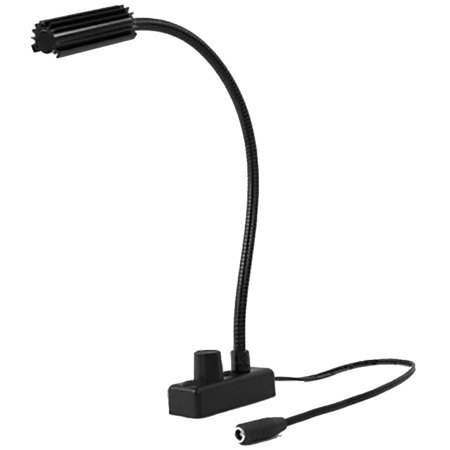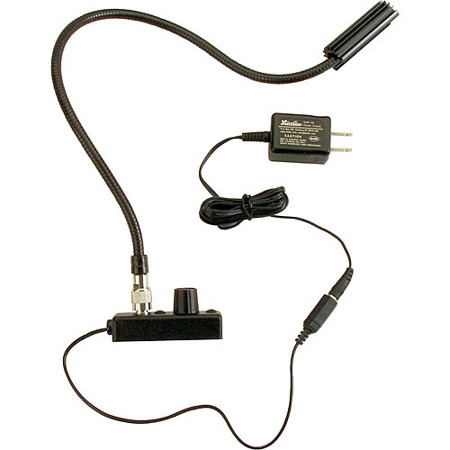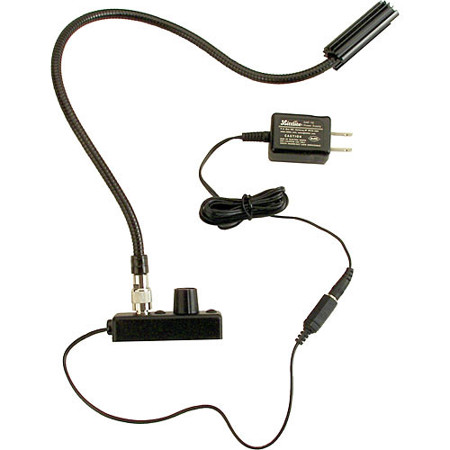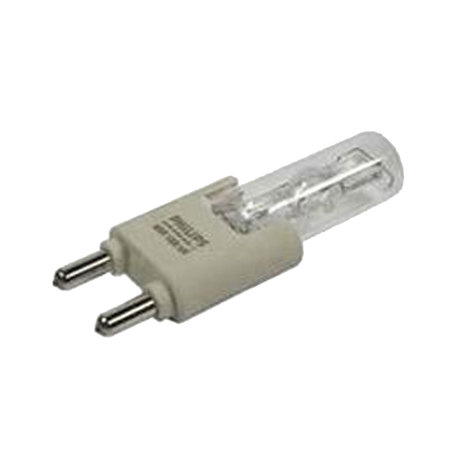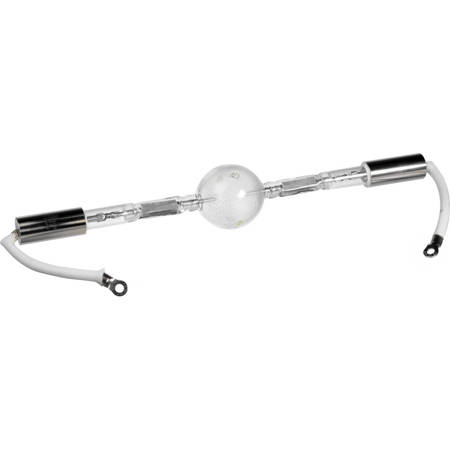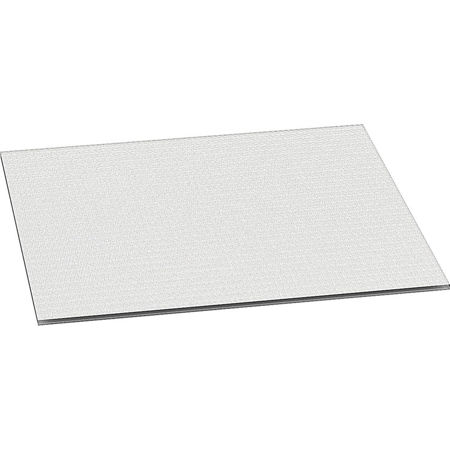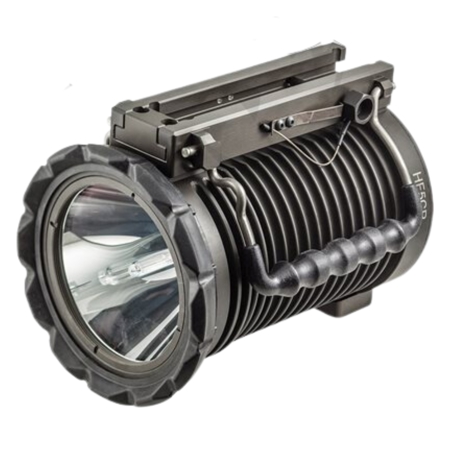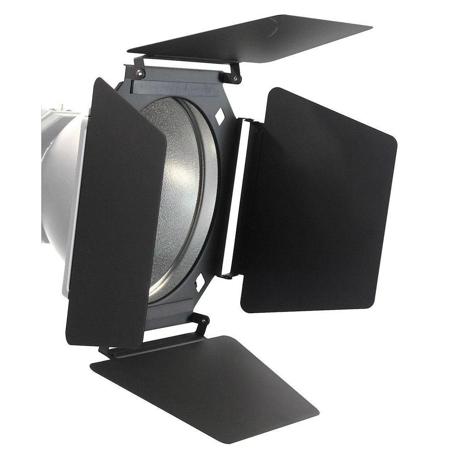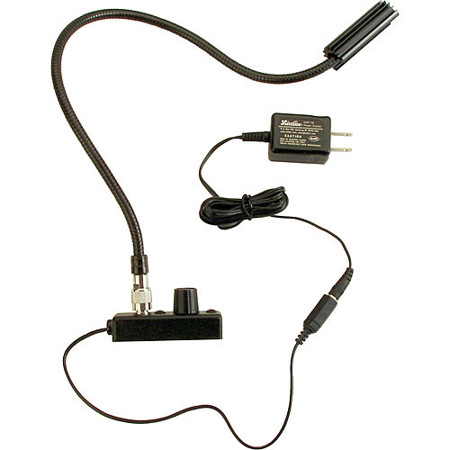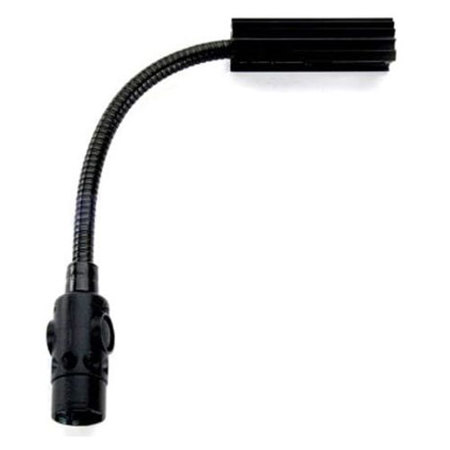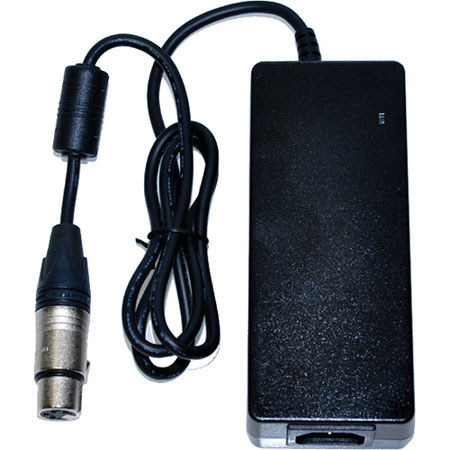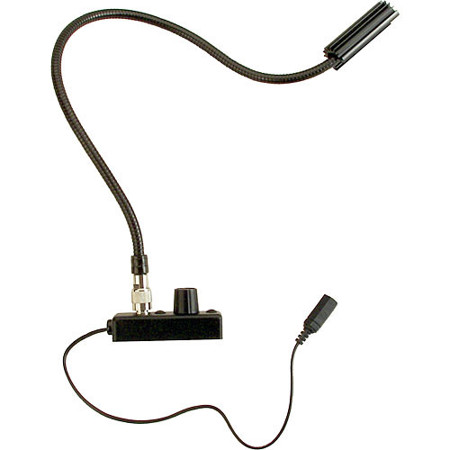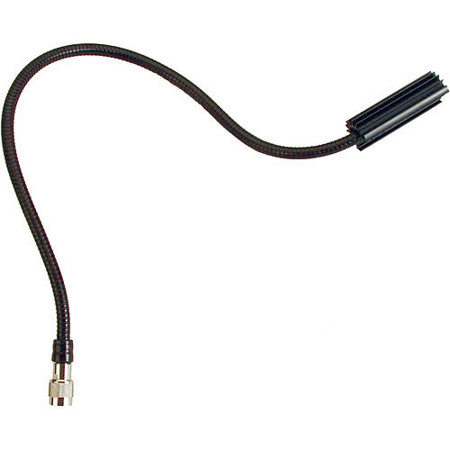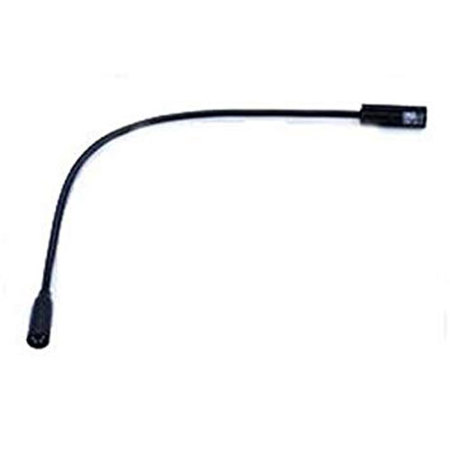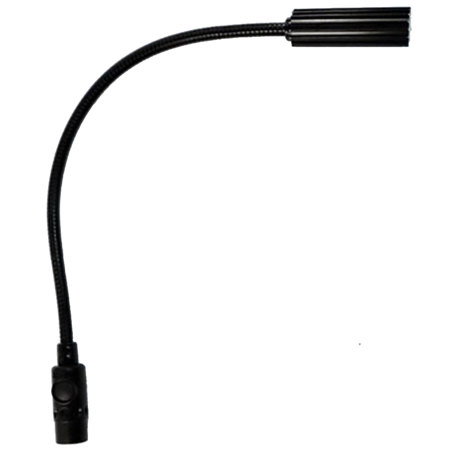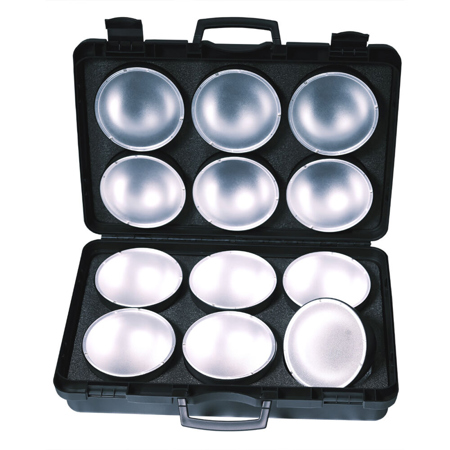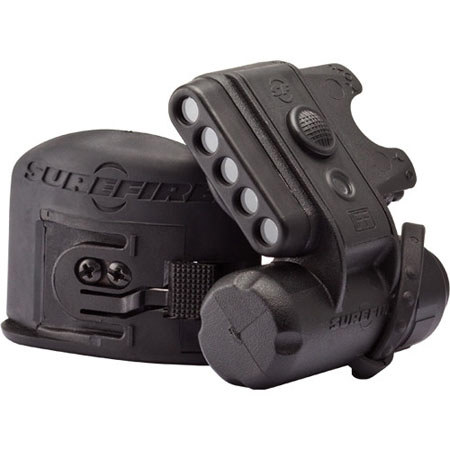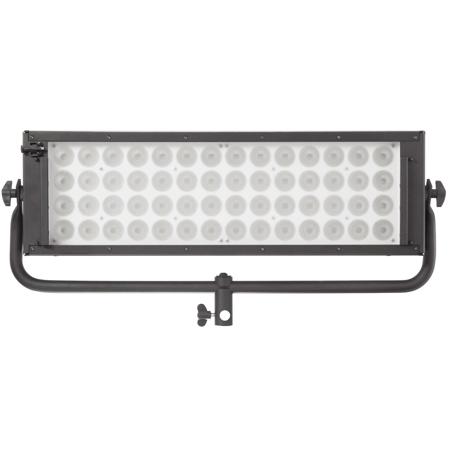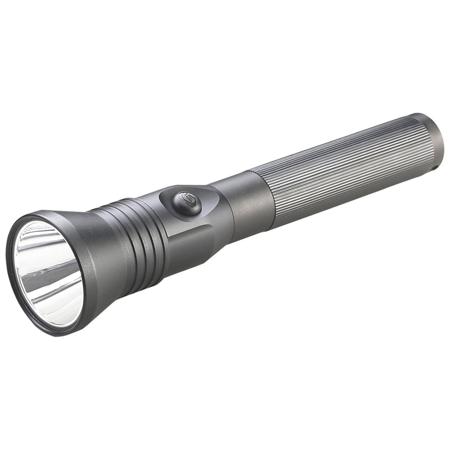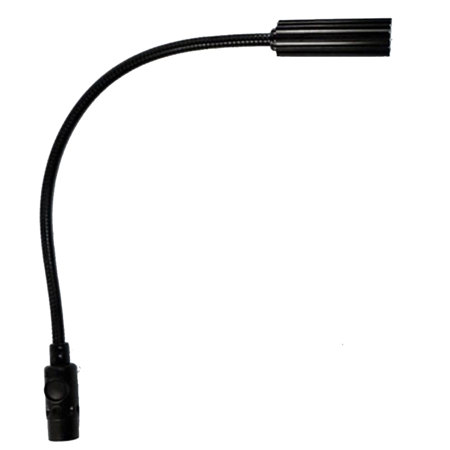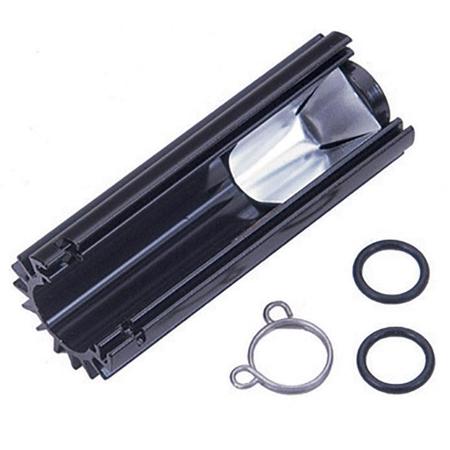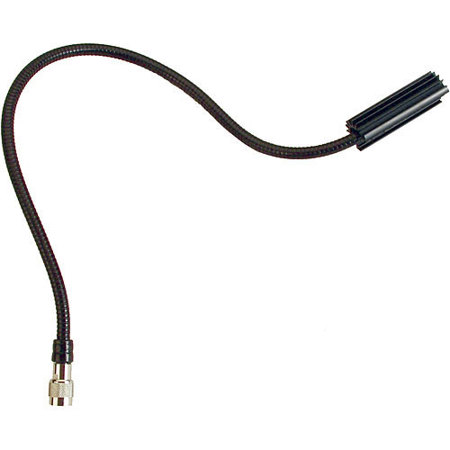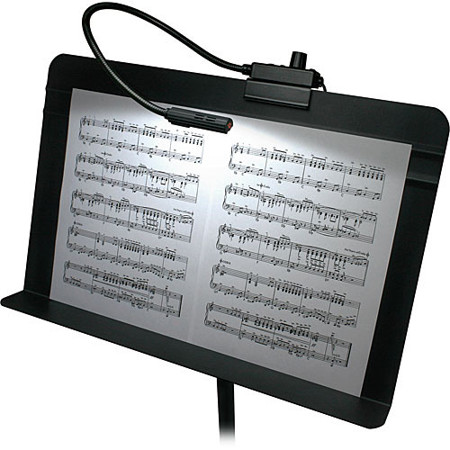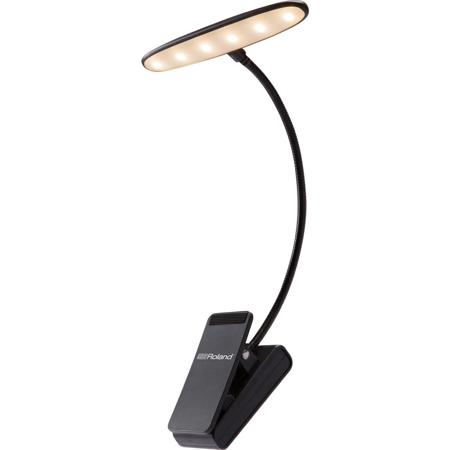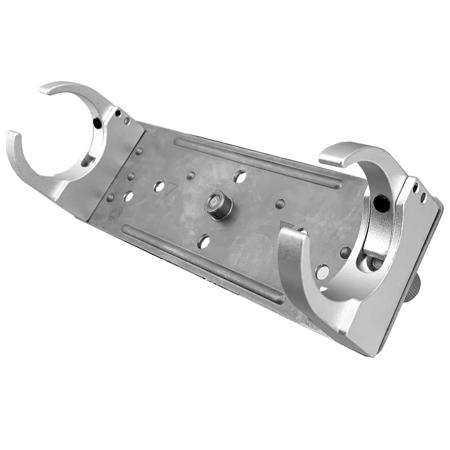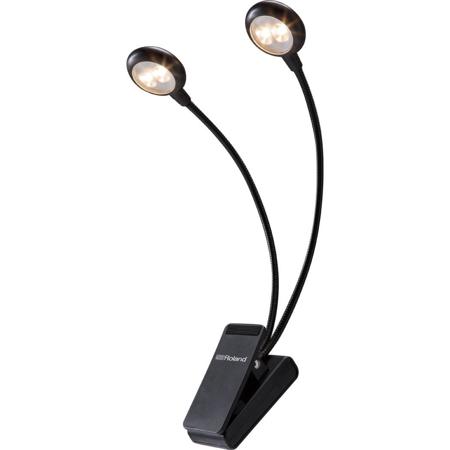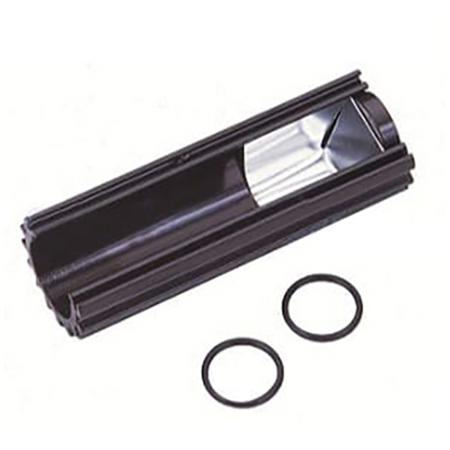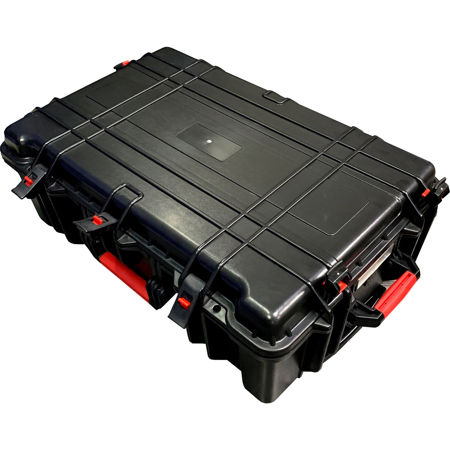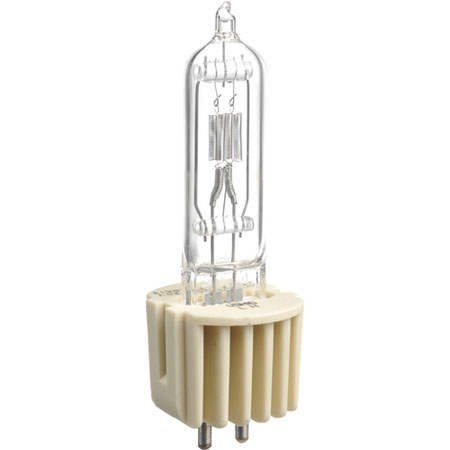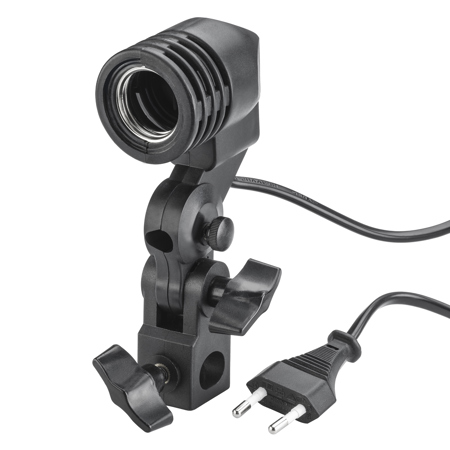HID Lamps
High-intensity discharge (HID) lamps have long been a staple in environments where powerful, efficient illumination is essential. Whether you're outfitting a professional photography studio, enhancing the lighting setup in a film production, or upgrading the lighting in large commercial or industrial spaces, HID lighting offers a compelling combination of brightness, longevity, and color accuracy that makes it a preferred choice for demanding applications. These lamps work by passing an electric current through a gas or vaporized metal, producing an intense, clear light that can mimic daylight or provide specific color temperatures. This characteristic makes them valuable for both creative and practical tasks, from capturing the subtle nuances of a portrait in a controlled studio environment to ensuring even, shadow-free illumination on a bustling set. As daylight hours stretch longer into May and production schedules ramp up for summer projects, HID lamps become even more vital for professionals who require consistent, robust lighting that can perform indoors or supplement natural light outdoors.
When considering HID lamps for your workspace or creative endeavors, several factors should guide your selection. The type of HID lamp—whether metal halide, mercury vapor, or sodium vapor—will influence the color temperature and intensity of the light, as well as its suitability for specific tasks. For instance, metal halide lamps are prized for their crisp, white light and excellent color rendering, making them ideal for settings where accurate color representation is crucial, such as product photography or art reproduction. Meanwhile, sodium vapor lamps, with their warm, amber glow, might be better suited for atmospheric lighting in outdoor or architectural applications. Another key consideration is the fixture compatibility and ballast requirements, as HID lamps typically require specific ballasts to operate safely and efficiently. Seasoned professionals often recall the first time they upgraded to HID lighting—how the increased output and clarity transformed their workflow, enabling them to capture details that were previously lost in shadow or insufficiently lit. If you're gifting HID lamps to a budding photographer, filmmaker, or even a DIY enthusiast working on home renovations, you're providing them with a tool that can open up new creative possibilities and deliver professional-grade results.
In addition to their technical advantages, HID lamps are valued for their durability and energy efficiency. Unlike traditional incandescent bulbs, HID lighting systems can last for thousands of hours, reducing the need for frequent replacements and maintenance—an important factor for busy studios or venues with high ceilings and hard-to-reach fixtures. Their robust construction also means they can withstand the rigors of transport and setup on location, making them a reliable choice for event lighting, stage productions, or mobile studios. As the season transitions and outdoor events become more frequent, HID lamps provide the power needed to illuminate large spaces, ensuring safety and visibility long after sunset. For those seeking alternative lighting solutions, exploring other options such as Tungsten Halogen Lamps can also be beneficial, especially when a different color temperature or dimming capability is desired. Ultimately, whether you're lighting a grand stage, a bustling warehouse, or a creative studio, HID lamps deliver the performance and reliability that professionals and enthusiasts alike have come to trust.
When considering HID lamps for your workspace or creative endeavors, several factors should guide your selection. The type of HID lamp—whether metal halide, mercury vapor, or sodium vapor—will influence the color temperature and intensity of the light, as well as its suitability for specific tasks. For instance, metal halide lamps are prized for their crisp, white light and excellent color rendering, making them ideal for settings where accurate color representation is crucial, such as product photography or art reproduction. Meanwhile, sodium vapor lamps, with their warm, amber glow, might be better suited for atmospheric lighting in outdoor or architectural applications. Another key consideration is the fixture compatibility and ballast requirements, as HID lamps typically require specific ballasts to operate safely and efficiently. Seasoned professionals often recall the first time they upgraded to HID lighting—how the increased output and clarity transformed their workflow, enabling them to capture details that were previously lost in shadow or insufficiently lit. If you're gifting HID lamps to a budding photographer, filmmaker, or even a DIY enthusiast working on home renovations, you're providing them with a tool that can open up new creative possibilities and deliver professional-grade results.
In addition to their technical advantages, HID lamps are valued for their durability and energy efficiency. Unlike traditional incandescent bulbs, HID lighting systems can last for thousands of hours, reducing the need for frequent replacements and maintenance—an important factor for busy studios or venues with high ceilings and hard-to-reach fixtures. Their robust construction also means they can withstand the rigors of transport and setup on location, making them a reliable choice for event lighting, stage productions, or mobile studios. As the season transitions and outdoor events become more frequent, HID lamps provide the power needed to illuminate large spaces, ensuring safety and visibility long after sunset. For those seeking alternative lighting solutions, exploring other options such as Tungsten Halogen Lamps can also be beneficial, especially when a different color temperature or dimming capability is desired. Ultimately, whether you're lighting a grand stage, a bustling warehouse, or a creative studio, HID lamps deliver the performance and reliability that professionals and enthusiasts alike have come to trust.
